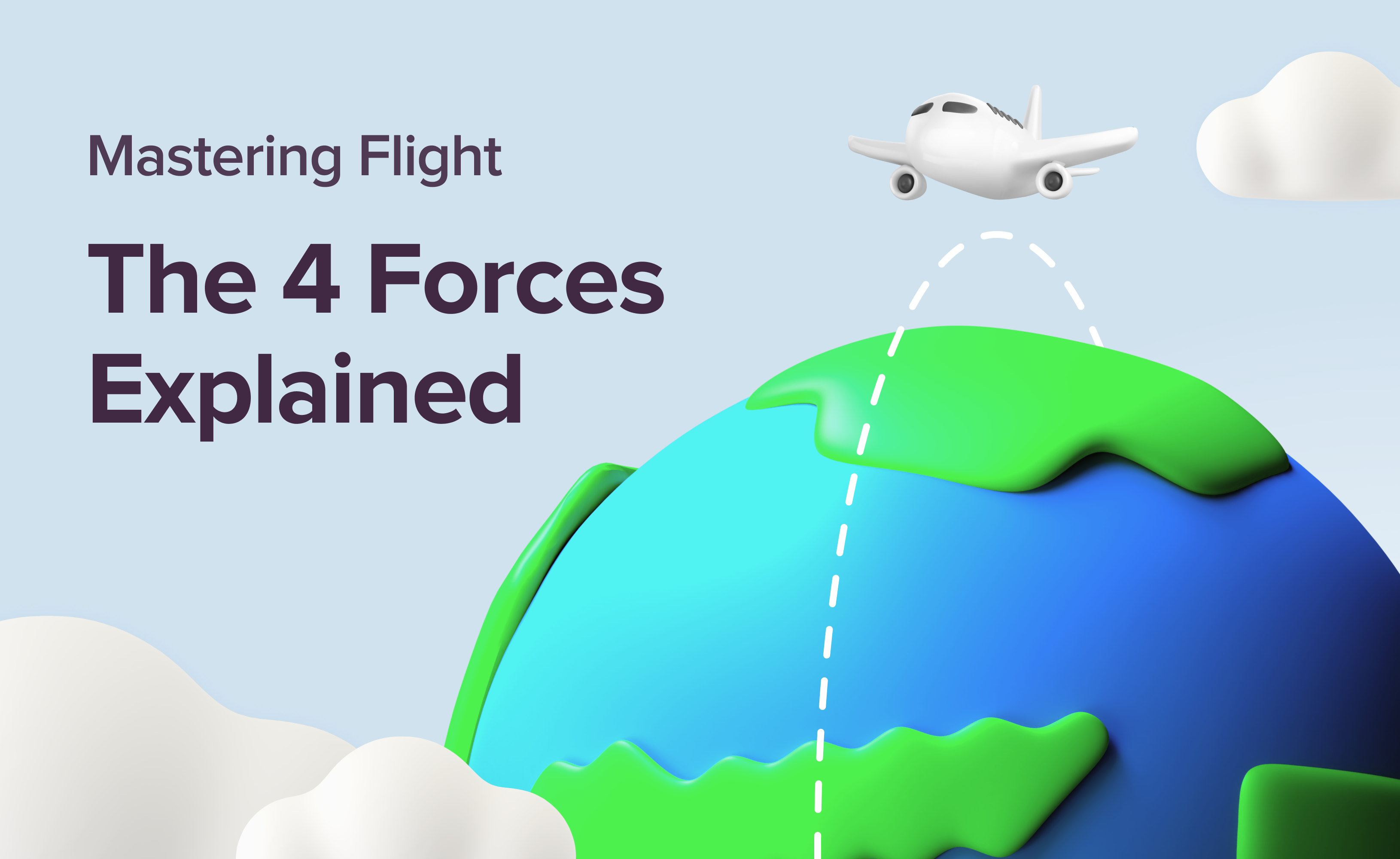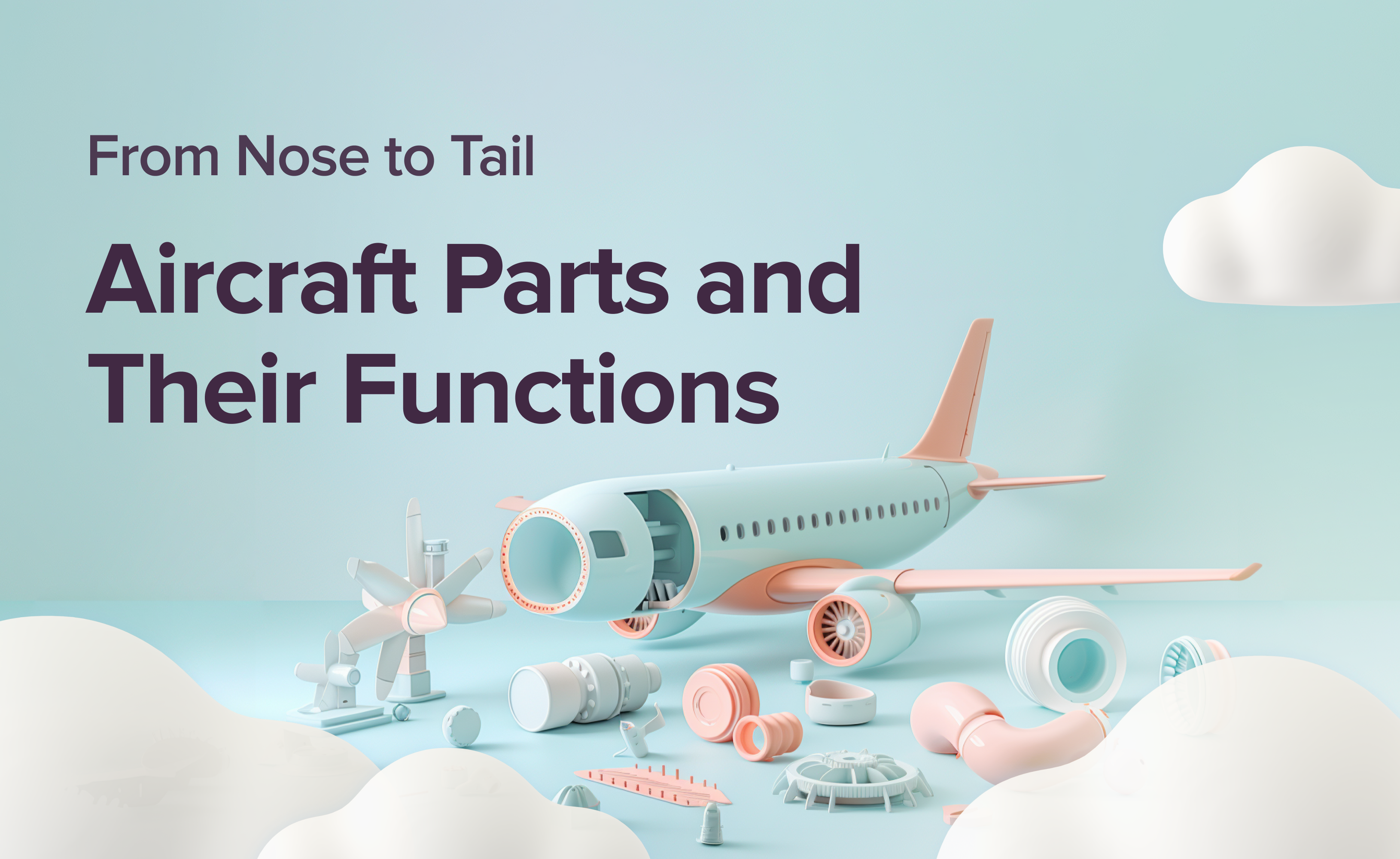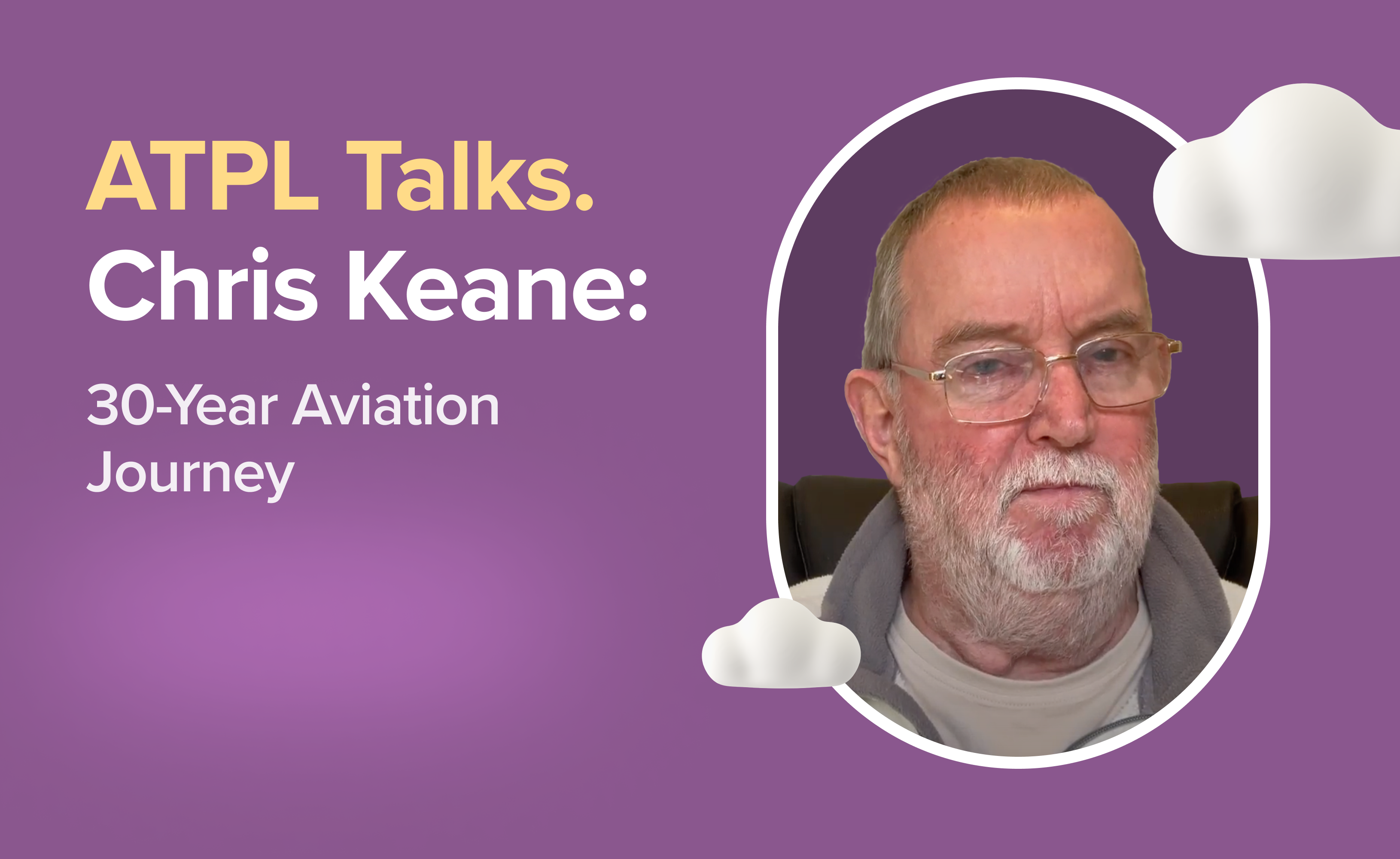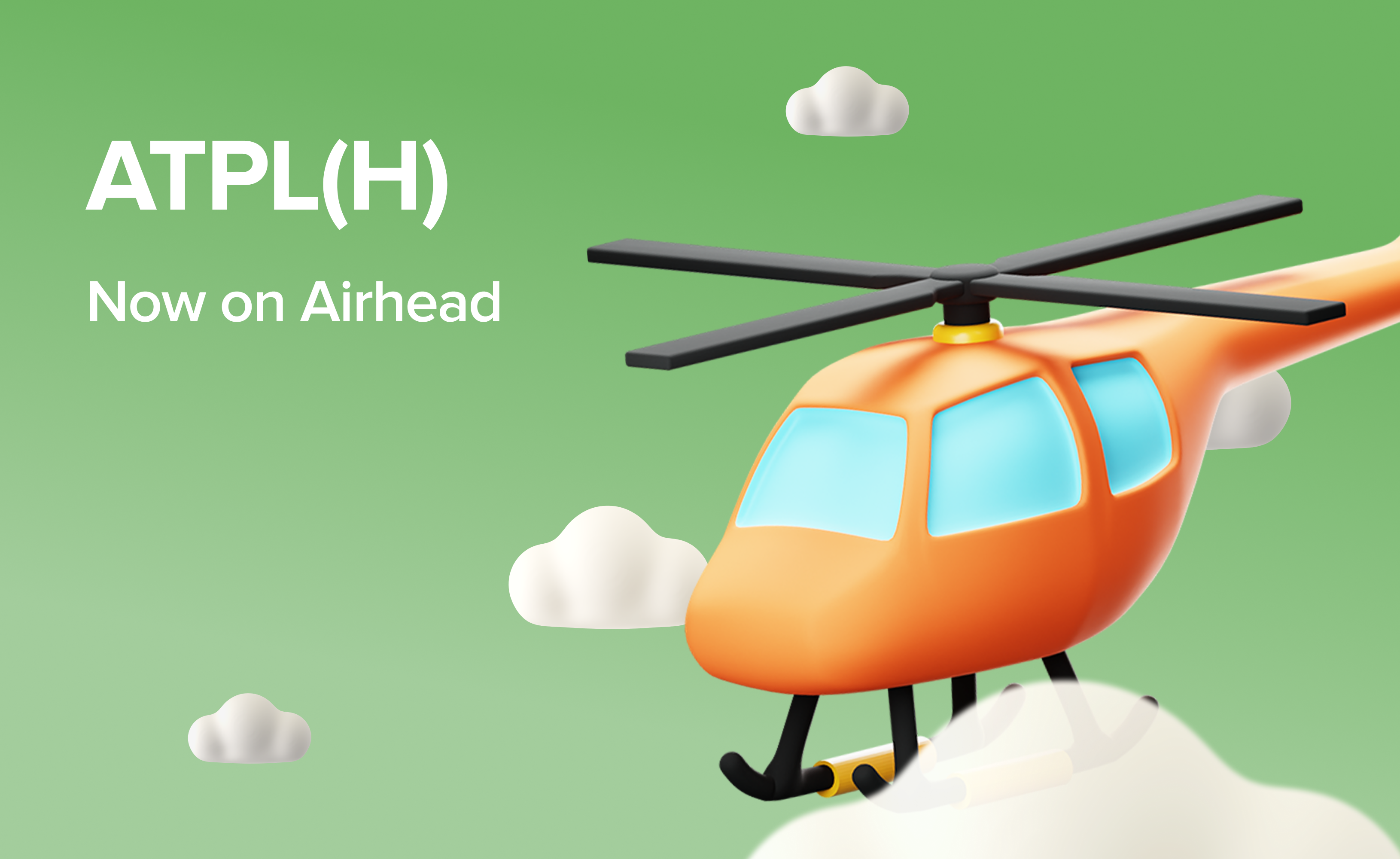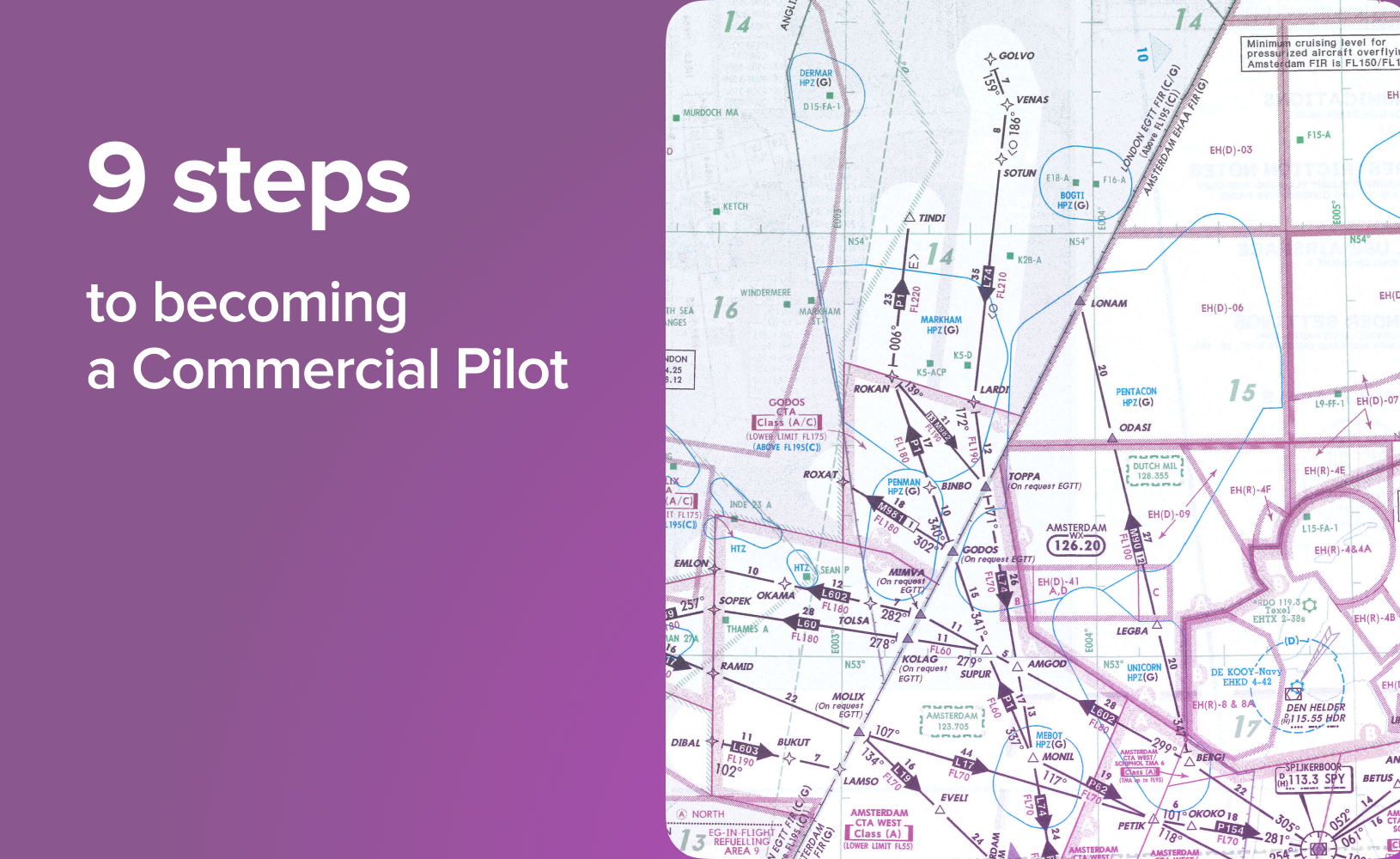Lines in the Sky: The Science Behind Contrails

Look up on a clear day, and you might notice long, white streaks tracing the sky behind high-flying aircraft. These trails—better known as contrails—are a natural result of engine exhaust and cold air. But for some, these simple by-products of jet flight have fuelled the internet’s strangest and persistent conspiracy theory: “chemtrails.”
In this blog, we’ll explore what contrails are, why they form, and how they differ from rare atmospheric phenomena like iridescent trails. Whether you’re a curious observer, a student pilot, or simply someone tired of misinformation clouding the skies, this is your guide to separating fact from fiction.
Explore the fascinating world of aviation superstitions and rituals. Our blog, Myths, Legends, and Rituals, delves into 14 intriguing beliefs.
What Are Contrails?

Contrail is short for “condensation trail,” and that’s exactly what it is — a visible trail of condensation that forms behind an aircraft flying at high altitudes. Contrails are simply a result of basic physics and atmospheric science.
Not all aircraft leave contrails, and not all contrails behave the same. The humidity level of the upper atmosphere plays a big role.
In low humidity, the ice crystals quickly evaporate, leaving no lasting trail.
In high humidity, they persist, sometimes spreading out to form cirrus clouds, those wispy, high-altitude clouds that streak across the sky.
As Met Office meteorologist Aidan McGivern explains, these trails can linger and even contribute slightly to cloud cover due to perfectly natural processes like convection. The sun heats the ground, warm air rises, and clouds form later in the day.
Mastering your weather briefings? Weather Whiz: New Pilot's Guide to Forecasting is your go-to resource, complete with an 8-step weather briefing checklist. Dive into the blog and fly with confidence.
Anatomy of Contrail

Contrails might look like mysterious sky-writing, but their formation is grounded in basic atmospheric science.
As jet engines burn fuel at cruising altitude, they emit water vapour and tiny sulphur particles — a normal by-product of combustion. At around 30,000 feet, where the air is cold and often humid, these hot exhaust gases mix with the surrounding atmosphere. The result? Condensation.
This water vapour condenses around the particles, then freezes almost instantly into microscopic ice crystals. Those crystals are what you see trailing behind the aircraft — long, thin clouds known as contrails.
The process is similar to how you see your breath on a cold morning, except at 500 mph (804.67 km/h) and 10 km above the ground.
Contrails are:
Made of ice
Short-lived or persistent, depending on humidity
Completely natural, just clouds formed by high-flying aeroplanes
From cooling surfaces to air movement, the formation of fog varies greatly. Learn the science behind the 6 key types in our blog post, Fog Alert: 6 Types Every Pilot Should Know.
What Is the Chemtrails Theory?

Among the top aviation-related conspiracy theories, “chemtrails” continues to hold a surprisingly persistent spot, ranking just below Amelia Earhart and Flight MH17 in daily online searches, as shown in the visual above. But what exactly is the chemtrail theory, and why has it captivated so many?
The chemtrail theory suggests that the white trails left behind by aircraft are not simply water vapour and ice, but deliberately sprayed chemicals released into the atmosphere by governments or shadowy organisations. Believers claim these supposed “chemicals” serve a range of sinister purposes: population control, weather manipulation, mind control, or even geoengineering.
Where Did It Come From?
The theory first gained traction in the mid-1990s, when suspicious minds began to notice longer-lasting contrails behind aircraft and speculated that something more than condensation was in the air. What started as a fringe internet theory quickly ballooned into a global phenomenon, especially in regions with active environmental debates like London, Berlin, Paris, Vienna, and Madrid. Its reach is further amplified by endorsements from certain celebrities and popular social media influencers. This interest aligns with increased public demand for transparency on environmental issues, but unfortunately, it also creates favourable ground for misinformation.

Experts like aviation historian Alex Whittingham make clear that there is no scientific evidence supporting the chemtrail theory:
“Despite the scientific evidence, people are often drawn to the idea that governments or powerful entities are acting in secret, but in reality, high altitude conditions (where temperatures drop significantly!) make contrail formation a completely natural phenomena. Contrail formation has been studied for decades as part of routine aircraft operations, with findings consistently showing that they pose no environmental or health risks beyond normal aviation impacts.”
From chemtrails to faked moon landings, which flight-related conspiracies are most popular across the UK and EU? We delved into the data to uncover the top theories. Find out more in our blog post: Sky High Conspiracies: The Most Popular Theories Explored.
Contrails vs. Iridescent Trails

Soumyadeep Mukherjee in Kolkata, India, captured these photos of contrails on July 19, 2023
While contrails are fairly common sights streaking across the sky, iridescent trails are a rare and visually striking phenomenon that can be easily misrepresented as something more mysterious.
So what’s the difference?
Contrails form when water vapour and particles from jet exhaust condense and freeze into ice crystals in cold, humid air. These trails are typically white or greyish, and their shape and persistence depend on atmospheric conditions.
Iridescent trails, on the other hand, are optical phenomena — they occur when sunlight diffracts through tiny water droplets or ice crystals in clouds, often near the sun or moon. When the conditions are just right, this interaction produces soft, pastel-like hues that shimmer across the sky. It’s not exclusive to aircraft—iridescence can also appear in lenticular clouds, wave clouds, or even cirrus.
Boeing 747 Rainbow contrails
Sometimes, contrails may also exhibit iridescence shortly after forming, especially when they consist of very small and uniformly sized ice crystals, giving off a rainbow-like appearance. This can add fuel to chemtrail conspiracy theories, but in reality, it’s just sunlight playing tricks with moisture in the upper atmosphere — no chemicals needed.
Iridescence usually appears close to the sun and often fades quickly. If you catch one, you're witnessing a fleeting piece of natural atmospheric art.
Did you know there are 5 different types of altitudes in aviation? Our recent blog Altitude Basics: 5 Types Of Altitude Explained makes them easy to understand, helping you fly safer and more confidently.
Airhead's Takeaway

Once the science behind contrails is laid out and the myth of chemtrails debunked, what are we left with? Here's a breakdown of what we know—and what we still don’t fully understand—about these high-flying phenomena:
What We Do Know About Contrails
Contrails only form in moist air: In dry air, they simply don’t appear.
They're a product of combustion and condensation: Jet engines burn fuel, producing water vapour as a byproduct. When this vapour hits the cold, humid air at cruising altitude, it condenses—and may freeze—into visible trails of tiny ice crystals.
They behave like high-altitude clouds: Contrails form at the same levels as natural cirrus clouds (roughly 5–13 km or 16,500–42,500 feet).
Their appearance varies with weather: Wind can twist and stretch contrails, and high humidity can make them linger for hours, sometimes spreading out into thin cloud layers.
They don’t contain added chemicals: There's no evidence to support the idea of chemical spraying.
What We Don’t Know (Yet)
Their full climate impact: Some research, including NASA’s studies, suggests that persistent contrails may contribute to global warming by increasing cirrus cloud cover. But the extent of this effect—locally, regionally, or globally—remains uncertain.
Long-term atmospheric feedback: While we know contrails trap some outgoing heat (like natural clouds), how they interact with broader climate systems is still being studied.







